Using a personal stamp or seal for contracts has been out of fashion in the West for a long time. However, in Japan, you still use a type of stamp in place of a signature as your marker – a hanko or Inkan.
Our guide covers everything you need to know about hanko stamps, including the different types, when you’ll need one, and where and how to buy one. Let’s dive in.
What is a Hanko?
A hanko is a type of personal seal bearing your signature. While there are many perfunctory and affordable options, it’s seen as a valuable personal possession as well as an essential tool. So the stamps are often crafted from fine materials.
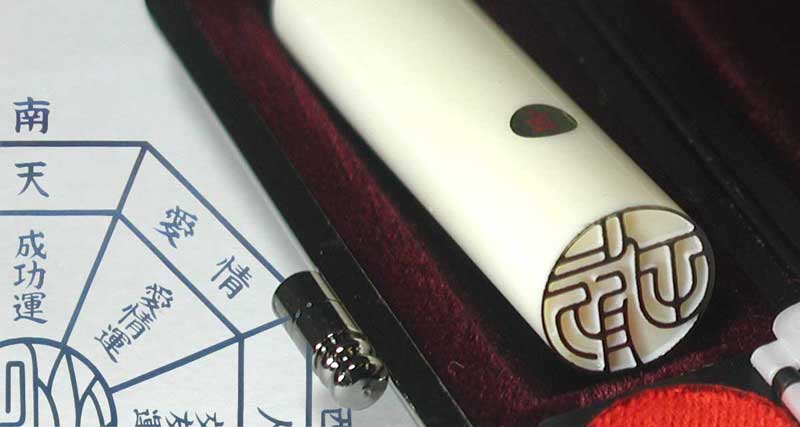
The stamp is carved to include a signature on the base. The signature must represent you and, therefore, must include part of your name.
As Japanese names tend to be reasonably short, and the writing system typically uses fewer characters per word than the Western alphabet, it’s more practical for a small stamp than it might be for Western users.
What is a Hanko Used For?
A hanko is generally used for anything you’d put a signature on in other countries.
This could be:
- Signing for a parcel or delivery
- Signing a contract
- Registering for a service
- Signing the bill at a restaurant
The Japanese government reportedly plans to phase out using the hanko for many routine processes or at least introduce acceptable alternatives.
This might indicate that travelers to Japan won’t need to acquire a hanko even if you are visiting for business reasons, but there are excellent reasons to invest in this little stamp.
Remember that government decisions and policies aren’t always popular! Many Japanese will continue to use the hanko for as long as it’s accepted rather than transitioning to written signatures.
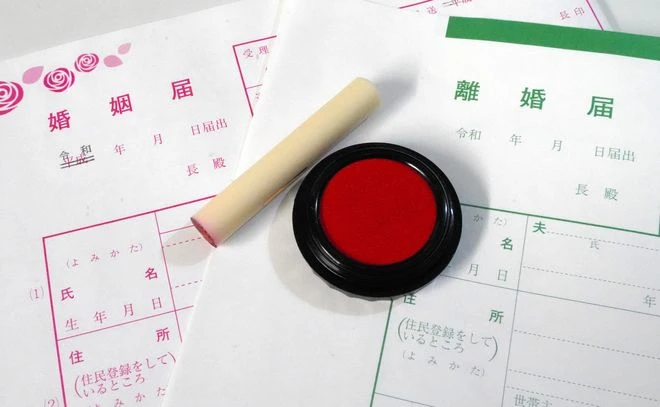
Especially if you’re trying to close a business deal or working with commercial partners in Japan, you want to show respect to the other party’s culture. Using a hanko to sign off documents is the type of gesture that will win you favor.
Furthermore, if you’re traveling to areas outside the big city and you need to sign a document for any reason, you’re much more likely to use a hanko, as traditions tend to persist more strongly in rural areas. So many beautiful parts of Japan are off the beaten track, and having a stamp might come in handy.
Finally, it just feels great to fit in! Visiting Japan can take a little getting used to for many Western travelers – you stand out in a crowd, and everything works slightly differently compared to life back home.
Small things like having a personal stamp can help you feel more connected to the Japanese culture, and locals love it when you try to fit in.
Is There a Difference Between a Hanko and an Inkan?
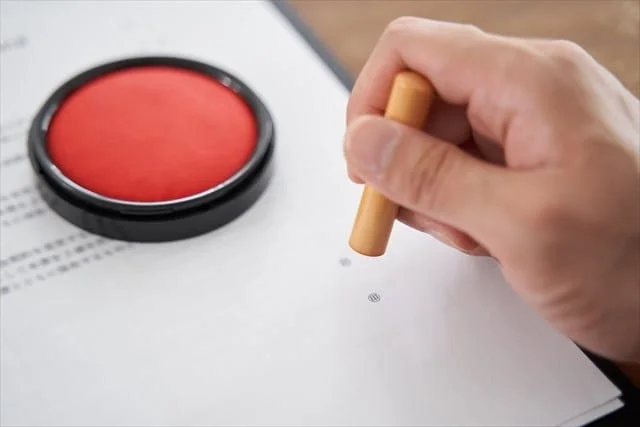
A hanko is also often referred to as an Inkan. However, the two words technically have different meanings:
- Hanko describes the physical object of the stamp
- Inkan refers to the red imprint left by the stamp
“Inkan” is sometimes used in more formal contexts, but for the most part, the words are interchangeable today. People will understand what you mean, whichever word you use, provided there’s appropriate context.
Types of Hanko
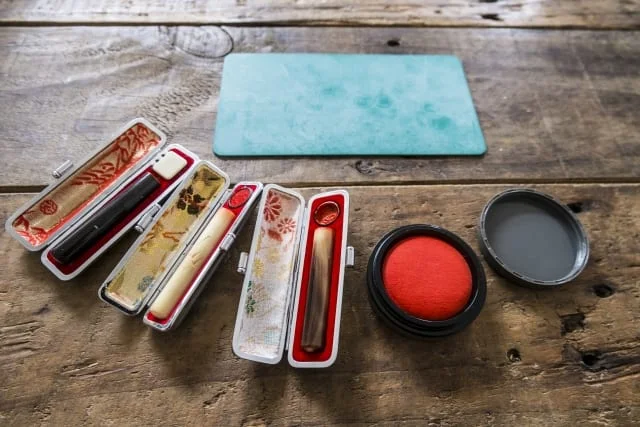
There are three types of hanko, each of which has a specific application.
Jitsu-in
A Jitsu-in is a very important stamp – the word means “true seal.” It’s used for official purposes, such as signing off documents when buying a house or signing a contract with an employer and executing contracts and formal documents submitted to government offices.
A Jitsu-in needs to be registered with the local city office to be considered valid. For this reason, tourists in Japan typically won’t use this type of seal – unless you’re conducting a business transaction in the region, there’s no call for going to all that effort!
The city office will issue you a certificate you may need to present when you sign a document to prove that it’s a legitimate Inkan.
There are two types of Jitsu-in hanko: a personal official seal and a registered company seal; the former is called Kaisha Jitsuin (会社実印).
Ginko-in
A banking seal called Ginko-in is explicitly used for financial matters. Again, this is rarely used by tourists; Japanese use a Ginko-in when setting up bank accounts, applying for a loan, or simply withdrawing money. This type of hanko stamp needs to be registered with your bank.
If you’re starting a company in Japan, you’ll need a Ginko-in to validate yourself as the business owner.
Mitome-in
If you’re planning to buy a hanko stamp when visiting Japan because you want to be able to sign odd documents with an Inkan, a Mitome-in is what you’ll need. A Mitome-in is used for any application that doesn’t require more “official” stamps. It doesn’t need to be registered and isn’t a legal or financial tool in the same way.
It’s typically preferred for everyday use because it doesn’t need an identical design to your Jitsu-in or Ginko-in. This means that if you’re signing for a parcel or a restaurant bill, you’re not handing out critical personal data – just a run-of-the-mill signature like the illegible squiggle you got when you asked your favorite musician to sign a photo.
What Needs to be on a Hanko?
A hanko must contain at least part of your name to be considered valid. This could be your first name, your last name, or both – it can’t be a contraction of your first name (e.g., “Mike” instead of “Michael”) unless you’ve registered this as your name at the city office.
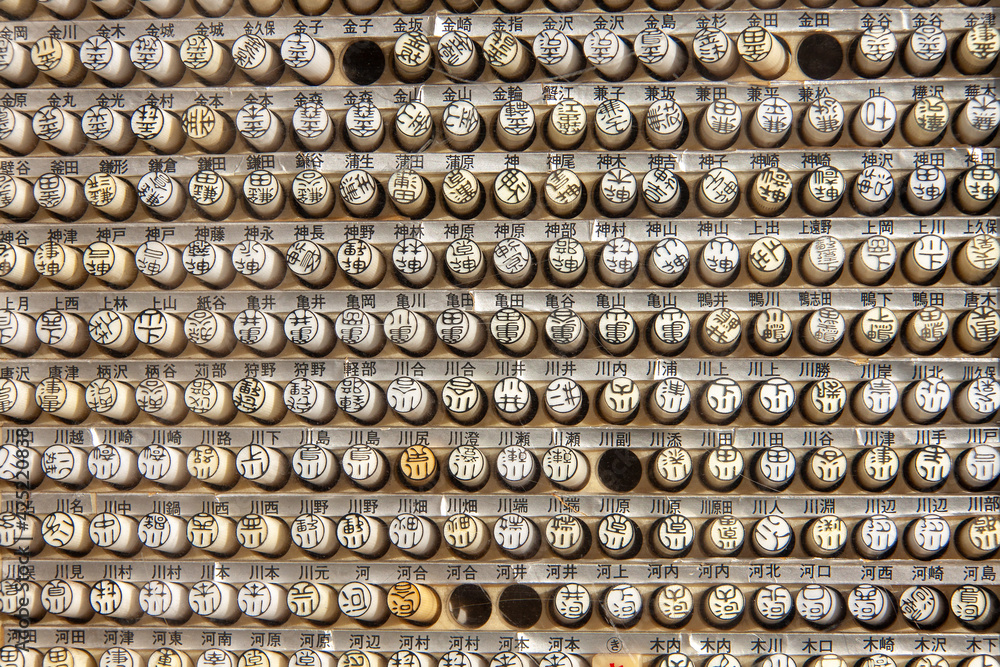
It can be written in the Latin alphabet, or if you want to feel like you fit in more, get it registered in katakana – these are the Japanese characters used for Western transcriptions. Of course, katakana doesn’t strictly agree with all Western names – e.g., “Mike” typically becomes “Maiku” (マイク).
If you’re using a Jitsu-in or Ginko-in, your katakana name will need to be registered with your local city office for the Inkan to be valid.
You also can’t include additional characters that have no relevance. You can embarrass yourself as Dave “The Destroyer” Davidson on your Facebook page but not on your Inkan.
You’d probably also struggle to fit longer names, as Inkan stamps are between 8mm and 25mm (remember you’ve got to keep it somewhere!)
Do You Need a Hanko When You Visit Japan?
Here’s when you might need an Inkan and when one might simply be fun to use! Generally speaking, you don’t need a hanko. As most tourists will only be eligible for a Mitome-in, and this stamp has no legal value, you’ll typically be able to get by with signatures.
Leisure visits
The only things you’re likely to sign on a leisure visit are somewhat trivial and won’t require a Jitsu-in or Ginko-in. Try to get it the right way up when you sign! You don’t need an Inkan for leisure travel, but if you expect to sign anything, a Mitome-in is nice to have around simply because it enhances the experience.
Business trips
If you’re opening a business or are likely to sign financial documents with another company, you may need a Jitsu-in and a business card. If you’re interacting with a bank, you’ll probably need a Ginko-in as well.
Today, many contracts with international companies can be sealed with a Western-style signature. However, it’s a mark of respect and often preferred by Japanese companies if you use an Inkan to sign off documents in their country.
Moving to Japan
If you’re moving to Japan, you’ll probably need a Jitsu-in and a Ginko-in. You’ll need these to open a bank account and buy or rent a property. Getting all three types of hanko is a great idea – you can get by with a signature in many situations, but it’s probably better to use the appropriate Inkan. Plus, you live here now!
Buying a Hanko without visiting Japan
Even if you aren’t visiting Japan, owning a fancy stamp is sometimes fun! However, if you try to use a hanko for most purposes in the West, you will likely encounter some issues.
Most banks won’t accept this instead of a signature, there’s a chance it’ll make paying restaurant bills more confusing for the staff, and we’re not sure your UPS courier will love it if you try to get ink all over their signature machine.
How to Get your Own Hanko
If you want to use a hanko when visiting Japan, here’s how to acquire one.
1. Find a Hankoya (and Potentially a Translator)
A hanko shop is known as a Hanko-ya. If you want to buy from a specialist in Japan, you’ll need to do some research before you travel – small, family-owned Hanko-ya aren’t as common as they once were. You can also get your own hanko/inkan from a vending machine if you are located in Japan.
However, larger chain stores are easy to find in most locations, and you can also order online.
Most online retailers only offer their services in Japanese (or Korean or Chinese – similar stamps are used in these countries). You might need a translator to help you.
2. Choose Your Materials
Simple wooden stamps are affordable and will set you at the lower end of the price range, perfect for an everyday hanko. However, you can also pay a lot more if you want a fancy hanko made from high-quality materials like titanium. Ornate, hand-carved wooden models will also cost more. You can also find modern self-inking hanko, so you don’t need to always bring ink with you.
A cautionary note: some retailers use elephant ivory to make stamps. While this is prohibited by CITES (aka the Washington Convention), it’s still possible to find elephant ivory in use. Don’t buy elephant ivory hanko.
3. Choose Your Design
Rendering your name in katakana is often more space-efficient than using Latin characters and tends to look slightly nicer. Remember that the design should include at least part of your name and nothing else. As you’re working with a tiny surface area, it’s usually relatively easy to see what will fit.
Suppose you can somehow render your name in kanji (traditional Chinese characters). In that case, this will look even better – not a problem on a Mitome-in, but remember that if you’re using a Jitsu-in or Ginko-in for official purposes, you might have to sacrifice style for substance.
Most websites let you choose from various typefaces and will send you a preview image to confirm that you’re happy with the design. It’s a good idea to request this wherever possible.
4. Order your Hanko
If you’re buying your personal seal at a hanko shop in Japan, paying with cash is usually the best option unless you own a Japanese credit card. If you’re ordering online to a Western address, you might find that postage is somewhat expensive – it’s often better to sort this out when you’re already abroad.
Hanko Dos and Don’ts
- Do include part of your name. If buying a hanko for official purposes, make sure it’s part of your name registered at the city office.
- Don’t include additional characters or things that “sound like” your name. That won’t fly with the bank or city office.
- Do shop at a local store if you can find one! These small businesses often have many years of history and are a valuable part of Japan’s culture.
- Don’t buy an expensive, attractive hanko if you don’t know what it’s made from.
- Do purchase a hanko if you think you’ll need one for business or financial reasons or just to sign casual documents during your visit. It doesn’t have to be an expensive model, and it feels good!
What to Do If You Lose Your Hanko
If you lose your Jitsu-in or Ginko-in, you’ll need to contact the city office or bank to cancel it. You’ll also need to order a new one – do this on the same visit. To get an Inkan canceled, you’ll need the corresponding certificate and a residence card or a card with your ID number. You should also inform the police if your Inkan is lost or stolen.
Final Thoughts
An Inkan is an elegant way to make your mark and a great way to feel more integrated when you visit Japan. Whether you’re making a good impression on a business partner or simply like the aesthetic, there’s every reason to purchase a hanko on your next trip or online!

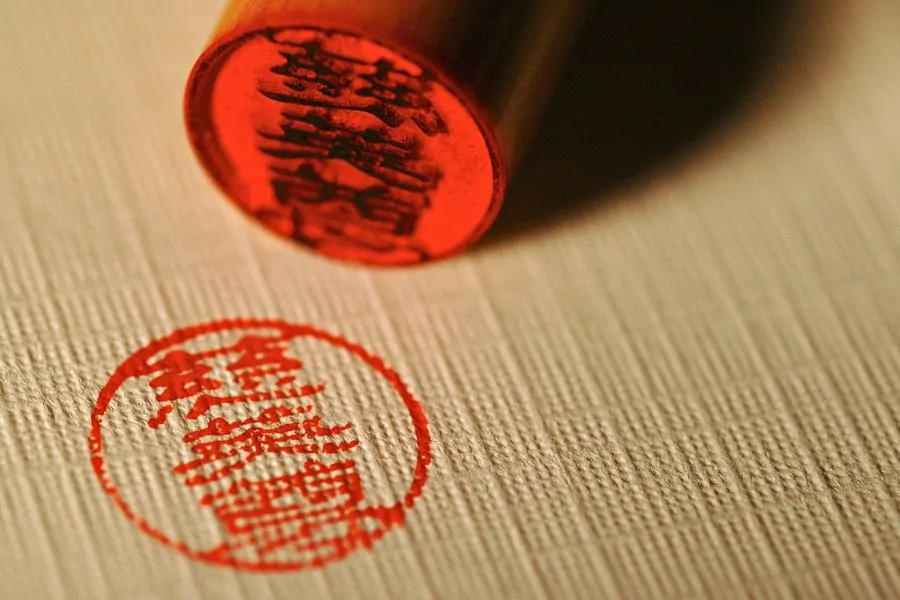



Leave a Comment